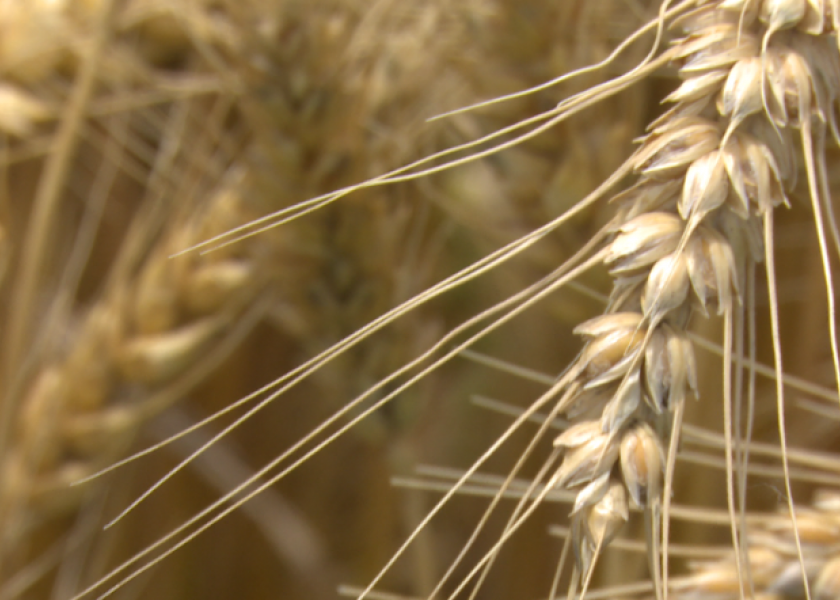Wheat Nears 3-month Low on Supply Prospects; Soy, Corn Also Decline

CHICAGO, March 25 (Reuters) - U.S. wheat futures fell to their lowest level of 2021 on Thursday, pressured by improving global production prospects and a firmer dollar, which tends to make U.S. grains less competitive globally, analysts said.
Corn and soybean futures also eased, following broad declines in commodities along with position-squaring ahead of key U.S. Department of Agriculture (USDA) reports next week.
As of 12:15 p.m. CDT (1715 GMT), Chicago Board of Trade May wheat was down 11-3/4 cents at $6.13 per bushel, after dipping to $6.09, the contract's lowest level since Dec. 28.
CBOT May corn was down 6-1/2 cents at $5.46-3/4 a bushel and May soybeans were down 17-1/4 cents at $14.15-1/2 a bushel. CBOT May soybean oil fell its 2.5-cent daily limit, to 54.98 cents per pound, retreating from a contract high set this week.
Wheat set the bearish tone as production prospects improved with much-needed moisture falling this month in the U.S. Plains as well as in Russia. Agriculture consultancy IKAR raised its forecast for Russia's 2021 wheat crop to 79.8 million tonnes, from 78 million previously.
"We've got wheat that needed some rain, and we are getting it. The Russian crop is getting bigger too," said Don Roose, president of Iowa-based U.S. Commodities. "It looks like stocks are building around the world, so wheat is the leader to the downside," Roose said.
The International Grains Council forecast global grain production would climb to a record 2.287 billion tonnes in the 2021/22 season, but it expects the larger supply to be entirely absorbed by higher consumption.
Declines in crude oil futures pressured prices for corn, which is used for ethanol fuel, and soyoil, a feedstock for biodiesel. Crude slid on worries about demand due to new pandemic restrictions in Europe.
Also, with CBOT corn and soybeans hovering near multi-year highs, traders are nervous about the USDA's March 31 U.S. planting intentions and quarterly stocks reports, which have a history of jolting markets
. (Reporting by Julie Ingwersen in Chicago Additional reporting by Gus Trompiz in Paris and Colin Packham in Canberra Editing by Barbara Lewis and Matthew Lewis)







